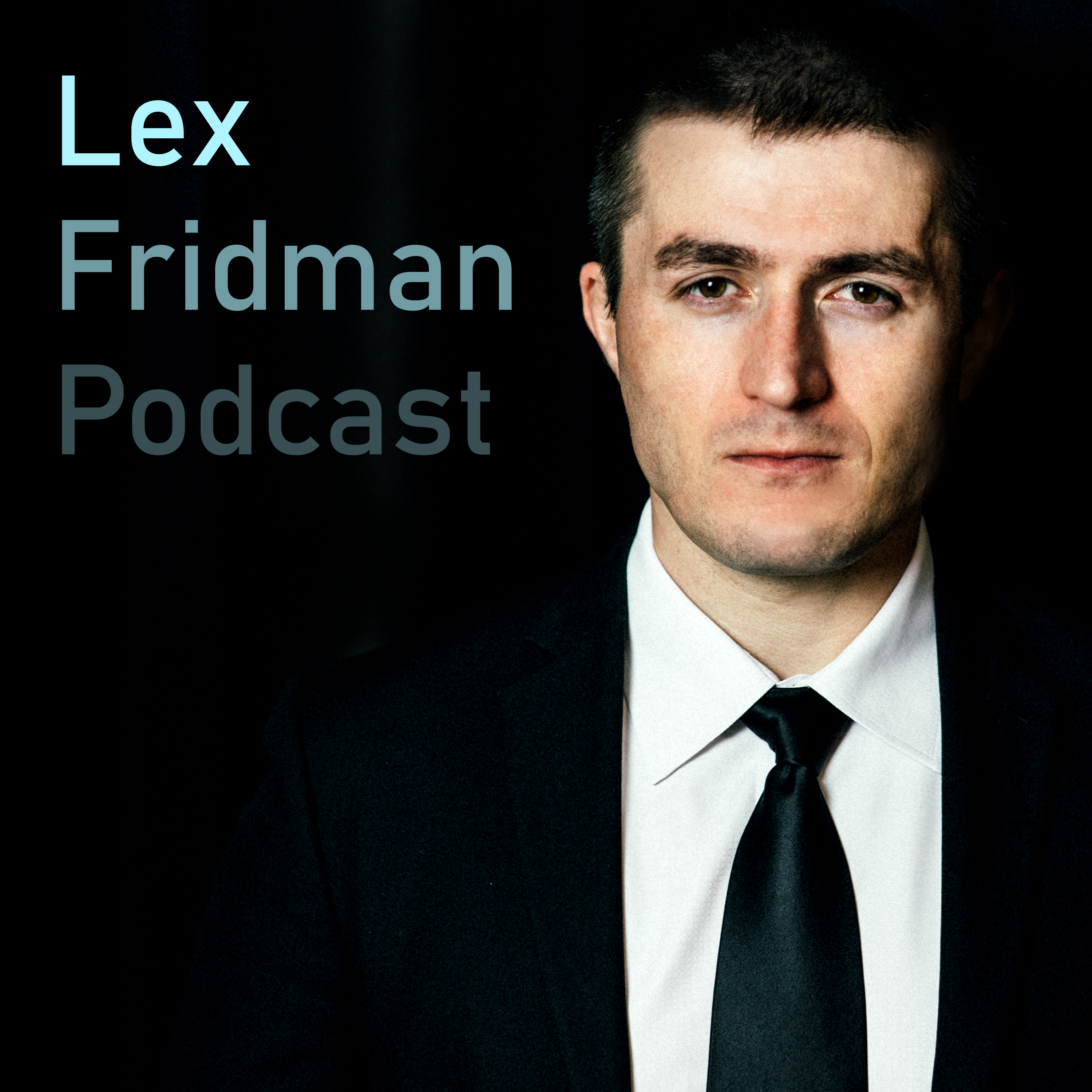Chapter
Clips
The two types of simulators used in building perception systems are those that work on real data and those that don't work on real data.
53:46 - 55:38 (01:51)
Summary
The two types of simulators used in building perception systems are those that work on real data and those that don't work on real data. By defining the state vector that separates the best team to build a perception system from the best team to build a planner, they can replay their perception data and test their system with different objects in the scene over time.
ChapterWaymo's Approach to Perception and Planning
EpisodeGeorge Hotz: Comma.ai, OpenPilot, and Autonomous Vehicles
PodcastLex Fridman Podcast
The output of a perception system cannot be completely expressed in a spec document.
55:38 - 57:44 (02:06)
Summary
The output of a perception system cannot be completely expressed in a spec document. Hand-engineered systems have limitations, especially with occluded areas.
